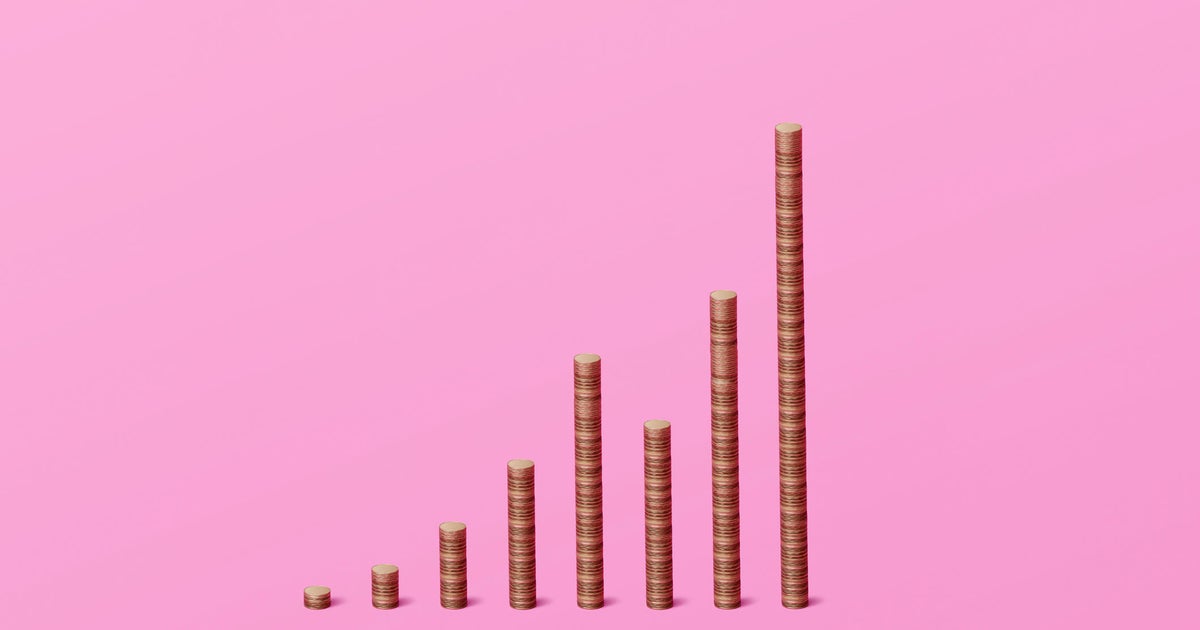Price of insulin more than doubled over five years
The cost of insulin for Type 1 diabetics has almost doubled over a five-year period, highlighting the financial strain that many diabetics face when paying for treatment.
Type 1 diabetics spent about $5,700 a year on the life-saving drug in 2016, up from about $2,900 in 2012, according to a new analysis from the nonprofit Health Care Cost Institute (HCCI). The figures represent gross spending, and don't account for the impact of rebates or coupons, which can lower costs for some diabetics. By comparison, the cost of living rose about 6.5 percent during that same time period.
The surge in insulin prices has sparked outrage but also caused some diabetics to cut back on insulin usage, a practice that doctors warn against. More than one-quarter of people with diabetes who participated in a study last year said they had skimped on the drug because of its rising cost.
"There has been a flurry of news reports sharing stories of individuals with diabetes rationing their insulin because they cannot afford higher and higher prices," HCCI wrote in the report. "These anecdotes are consistent with findings of researchers documenting price increases on diabetic therapies, specifically insulin, over the last several years."
Spending on treatment for diabetics surged during the five-year period studied by HCCI, although usage of insulin was relatively unchanged. "We conclude that increases in insulin spending were primarily driven by increases in insulin prices," the group said.
Diabetes, a disease in which the body fails to properly regulate blood sugar, affects 30 million -- or almost one in 10 -- Americans.
Type 1 diabetes
The cause of Type 1 diabetes, the focus of the study from HCCI, is unknown and there isn't a cure. For these diabetics, insulin is a life-saving medication, and going without it can have deadly results.
One of those was Alec Smith, who struggled to afford insulin after he aged out of his mother's health insurance plan when he turned 26. His family believed he intended to ration his insulin until he could pay for the medication, a decision that proved deadly, as his mother, Nicole Smith-Holt, told CBS MoneyWatch last year. Since his death, she said she had heard similar stories from other diabetics and their families.
"We have people who are making life and death decision daily of, 'Do I buy groceries and or do I buy my insulin?'" she said. "We hear horror stories every day."
Most Type 1 diabetics use two types of insulin, long-acting and short-acting, with the usage depending on factors such as weight, how quickly they absorb insulin and activity levels, which means costs can vary between patients. Based on the hypothetical example of a diabetic who relies on Sanofi's Lantus SoloStar (a long-acting insulin) and Eli Lilly's short-acting Humalog Pen, that person's costs would have been about $3,200 in 2012. By 2016, their costs would have jumped to $5,900, the study found.
Lawmaker scrutiny
The surge in insulin prices has prompted scrutiny from lawmakers, with the Senate Committee on Aging holding a hearing last year to examine its cost and the impact on Americans. To be sure, insulin isn't the only drug that's witnessed big price jumps.
Yet despite insulin's discovery almost a century ago, no generic version of the drug exists, and three manufacturers -- Eli Lilly, Sanofi and Novo Nordisk -- control 99 percent of the market. Amid the pricing surge, many diabetics are calling for a change.
"In 2012, a vial of Humalog insulin was priced at $130. By 2016, the same vial was priced at $255. Coincidentally, during that time patients' costs for insulin also doubled. LIST. PRICES. MATTER," wrote attorney and Type 1 diabetic Laura Marston on Twitter, in response to the report.



